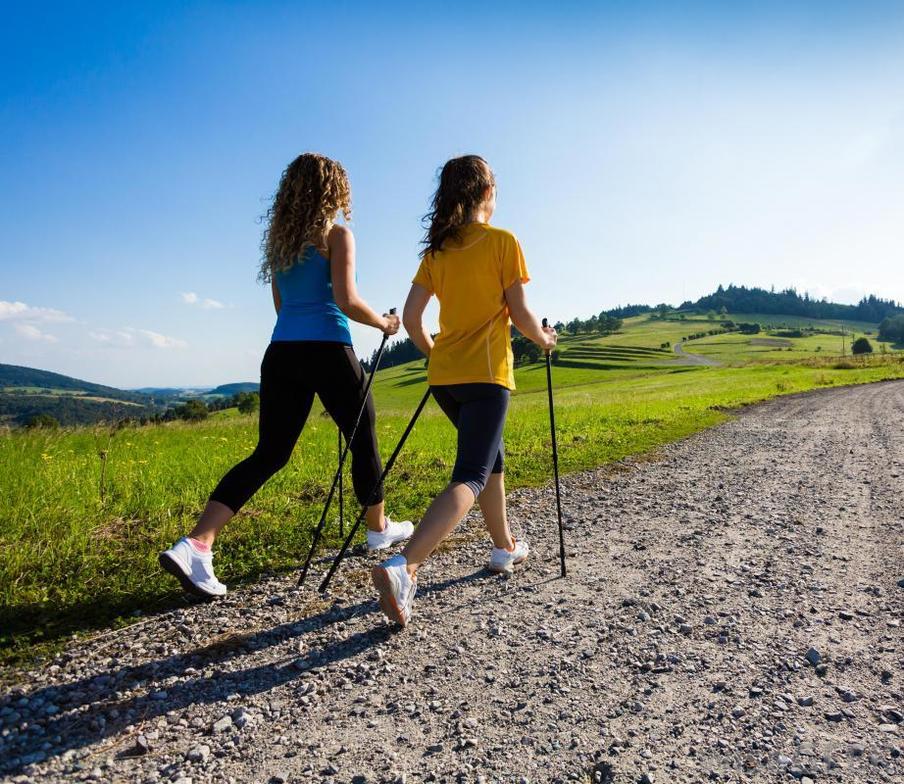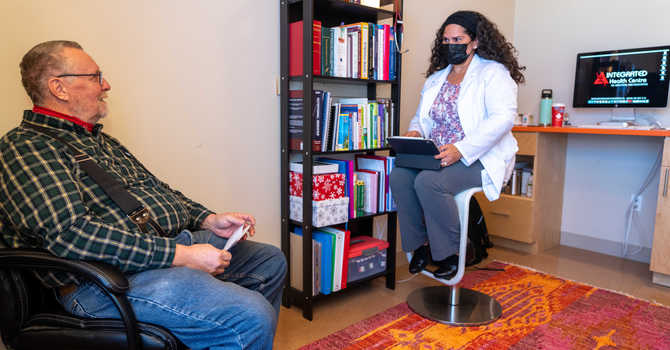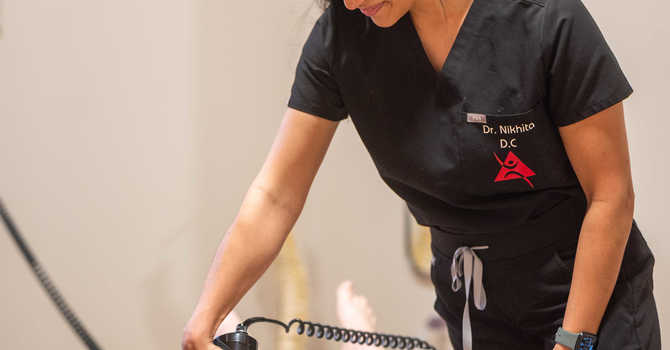
We know we should exercise but who has the time? With our hectic schedules and our daylight-shortened days, it is often difficult to do the right things for our health. Statistically, according to a recent poll, only 25% of the population exercises on a regular basis. Health Canada guidelines suggest 30 minutes of moderate activity 5 days a week (150 minutes) or 75 minutes of vigorous activity per week. A minimal interval of exercise could be as short as 10 minutes at a time according to these guidelines.
/mgl-integratedhealthcentre-ca/2be40bb4-4a1f-445a-8339-34d4ed0676e5.jpeg)
Why should we exercise? We didn’t develop all this automation to trade it for long hours of grinding exercise did we? The good new is that exercise has been shown to beneficially impact pain, osteoarthritis, depression, anxiety, heart attack, stroke, diabetes and a myriad of other unrelated health conditions. The most common condition that happens as we age and which is recognized by all medical researchers is sarcopenia aka loss of muscle bone and organ. (Otherwise referred to as Lean Mass). This what people call aging. It is a natural and inevitable process that begins after the age of 25 and accelerates after 40. This sounds like bad news but we have the ability to significantly slow the loss and even regain some portion of lost mass with the right exercises.
There are 3 parts to achieving optimal physical health and most people focus on the easiest to do. The conventional approach is to do ‘cardio’, which often means going for a stroll. If you are sedentary or extremely stressed, this is a good place to start. However, within weeks, you should up the game and make it more challenging. To get benefit from your stroll, you must get slightly sweaty/hot and be breathing more deeply. Now you are expanding your cardio capability. As you improve, you will have to continue to challenge your limits, thereby continually expanding your capabilities. This can be done 10 minutes at a time! All of you over the age of 40 know that your body is stiffening and that you should stretch. And we all know that when we stretch a single muscle it hurts and it is just as tight the next time we stretch it. However, yoga, which has been time tested over thousands of years using natural body movement and poses, doesn’t just target a single muscle, but targets the tough collagenous fibre that is the foundation of our tissues (fascia). I am not a big proponent of stretching, however, in the last 3 months I have seen a dramatic improvement in my overall flexibility and my ability to handle stress In just 10 minutes of gentle daily yoga. When I suggest strength training to my patients, I get the most vociferous negative reaction from them, with many proclaiming how active they are already.
/mgl-integratedhealthcentre-ca/a482da0e-9898-4861-9abf-ab46aaace4b1.jpeg)
Activity is important but it does not fully utilize the fullest rom of your limbs and body but your body has a much larger range capacity and you must ‘use it or lose it’. Good quality strength training challenges you in the fullest range and as a consequence, is more effective in slowing age related sarcopenia. The most time efficient way to strength train with the least likelihood of injury is to use ergonomic machines, usually only found in rehab centres and high end gyms. Many of my patients balk at the idea of joining a gym or even visiting or touring our gym. In that case, there is something you can do at home. Even in strength training you can get it done in 11 minutes using 5BX, which was developed by a Canadian medical doctor for air force pilots, stationed at the northern border sitting in small huts waiting for an impending Russian invasion. In their requirement to stay fit, 11 minutes a day of this program was enough to meet their fitness needs. Check out 5bx and ‘getting stronger getting older’ on our website, Resources and Info page.
In relationship to your health status, varying intensity can maximize your efficiency in getting the benefits, both with cardio and strength training. 10 minutes of intense pace is equivalent to 2-3 times that amount of time in moderate activity. This is the principle called HIIT (high intensity interval training) and is the basis of our MedEx program. So, where to start? You got 10 minutes? Want to work on flexibility with a little yoga? Or do you want to challenge your muscles and get your heart rate going with some 5bx. Either way you are good to go. What time of day suits you best? How many days are you going to commit to? For 1, 2 or 3 sessions a day? And who are you going to check in with to help you stay on track. Make these decisions and go for it! You will be amazed at what you can achieve in as little as 10 minutes a day. And when/if you are ready for a bigger challenge, come talk to us at IHC. Let us help you be accountable! Share your story on our Facebook page!




